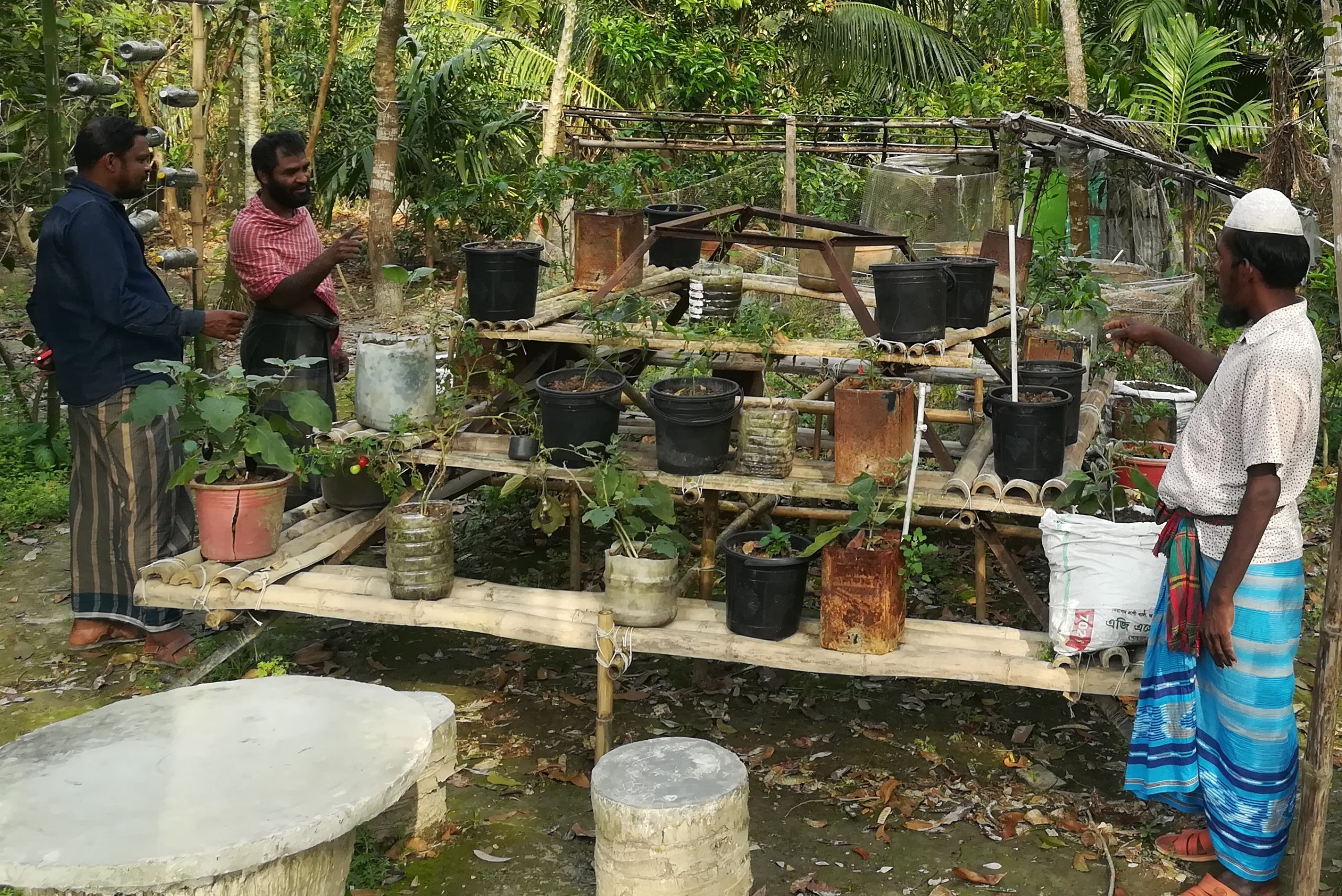Vertical growth of agriculture

What is vertical Agriculture?
Vertical farming is a farming practice that produces plants using soil, aeroponic or hydroponic methods in layers that are vertically stacked. The ideas of vertical farming use indoor farming techniques and Controlled-Environment Agriculture (CEA) technology, where all environmental factors can be controlled.
How to prepare:
There are different types of methods of vertical farming. In general it is to grow vegetables in vertical rake with layer where saw dust, coco pit, gravels and soil may use for proper growth of vegetables. The irrigation system may be use of watering can or low cost drip irrigation system.
Benefit:
- Vegetable production possible in water logged and saline prone areas where surface soil is not cultivable or available.
- Where agriculture is hampered for soil salinity, flood and other natural calamities, vertical gardening may be a solution for growing vegetables and seedlings.
- Easy to protect from climatic hazards like salinity, flood and other natural calamities as the garden is portable.
- Easy to cultivate vegetables in a small land area and protect from different climatic hazards like salinity, flood and other natural calamities as the garden is portable
Suitable crops:
- Leafy vegetables, Brinjal, Tomato, Water Spinach, chili, letuces, capsicum etc.
Where it is suitable to cultivate?
- All over the country especially coastal, flood prone areas. Even it can be suitable in urban roof top.
- Published by: CCDB Climate Center
- Author(s): Sk. Mohibullah
Was this post helpful?
Let us know if you liked the post. That’s the only way we can improve.

